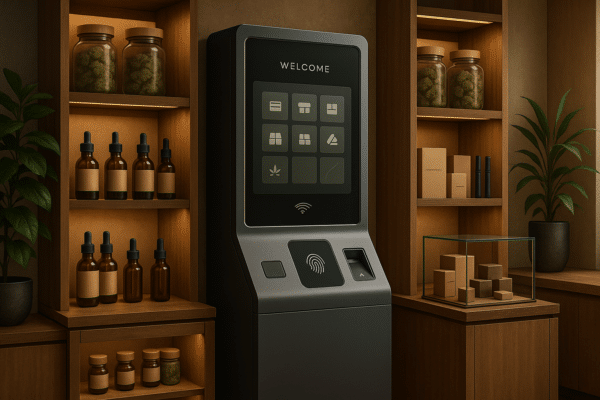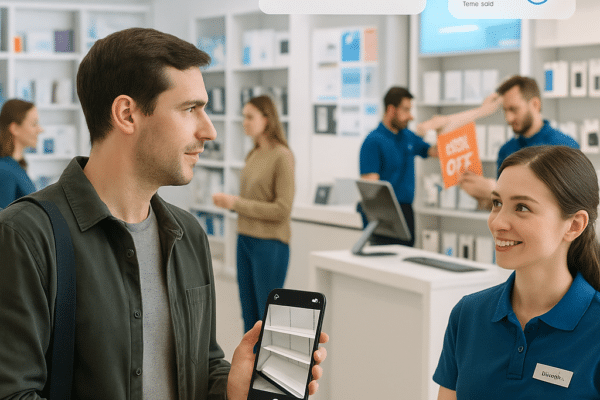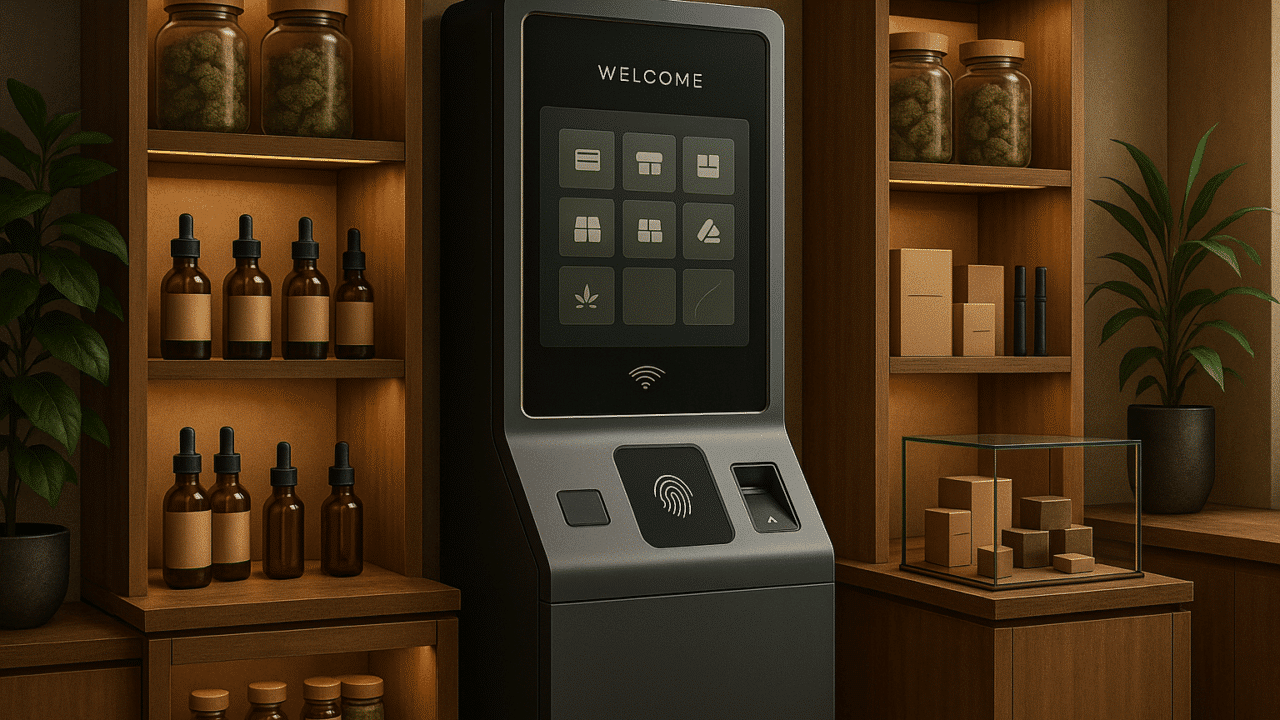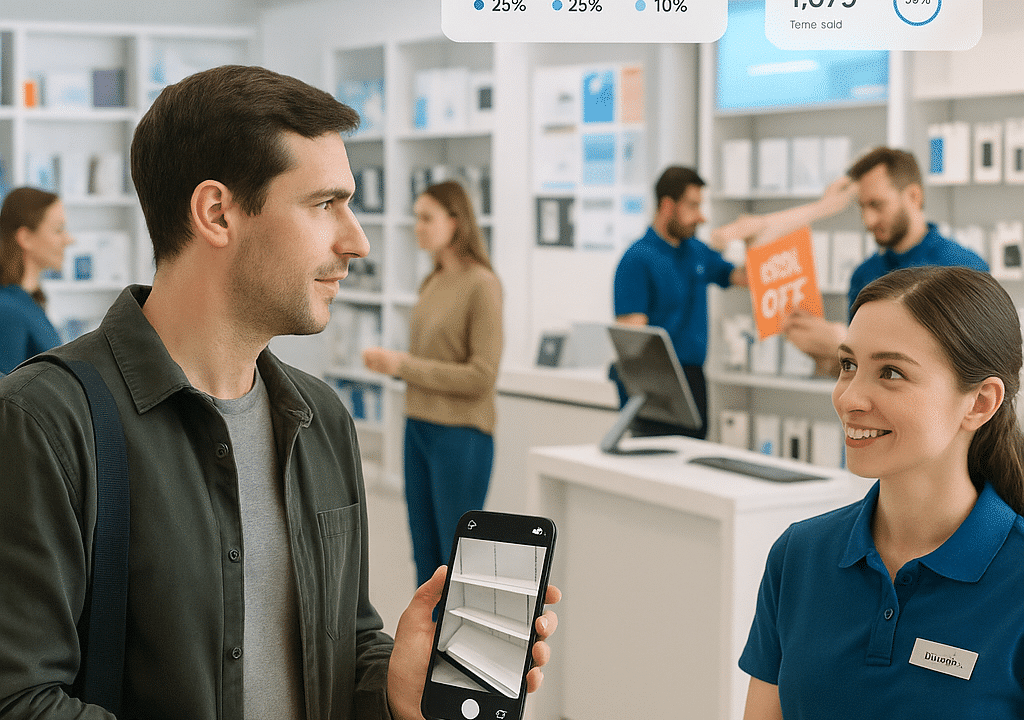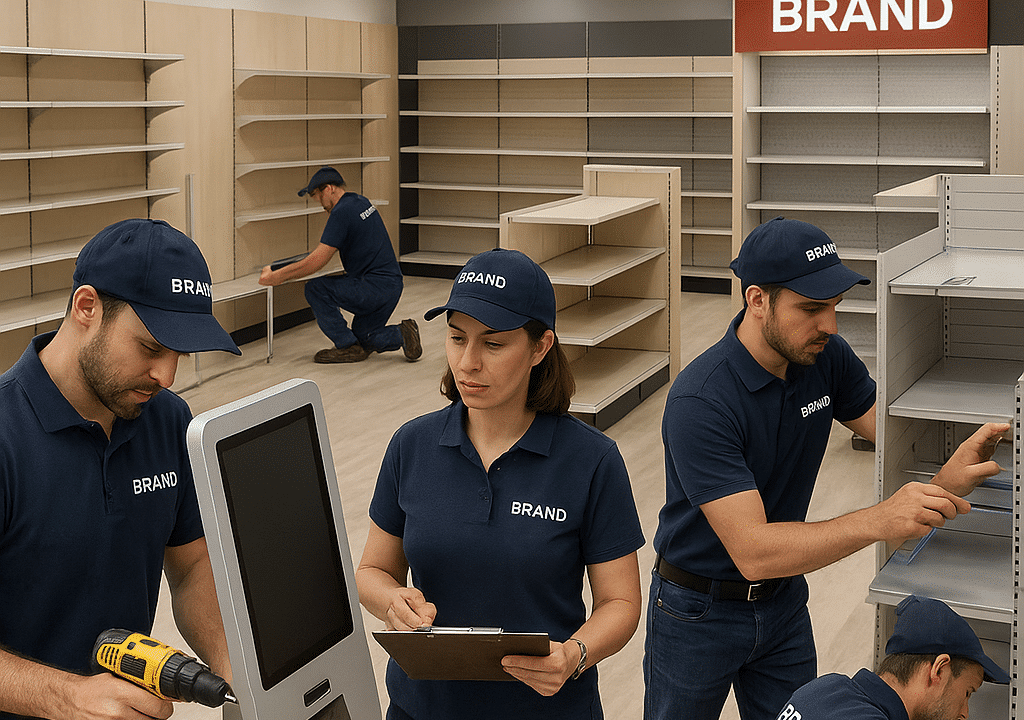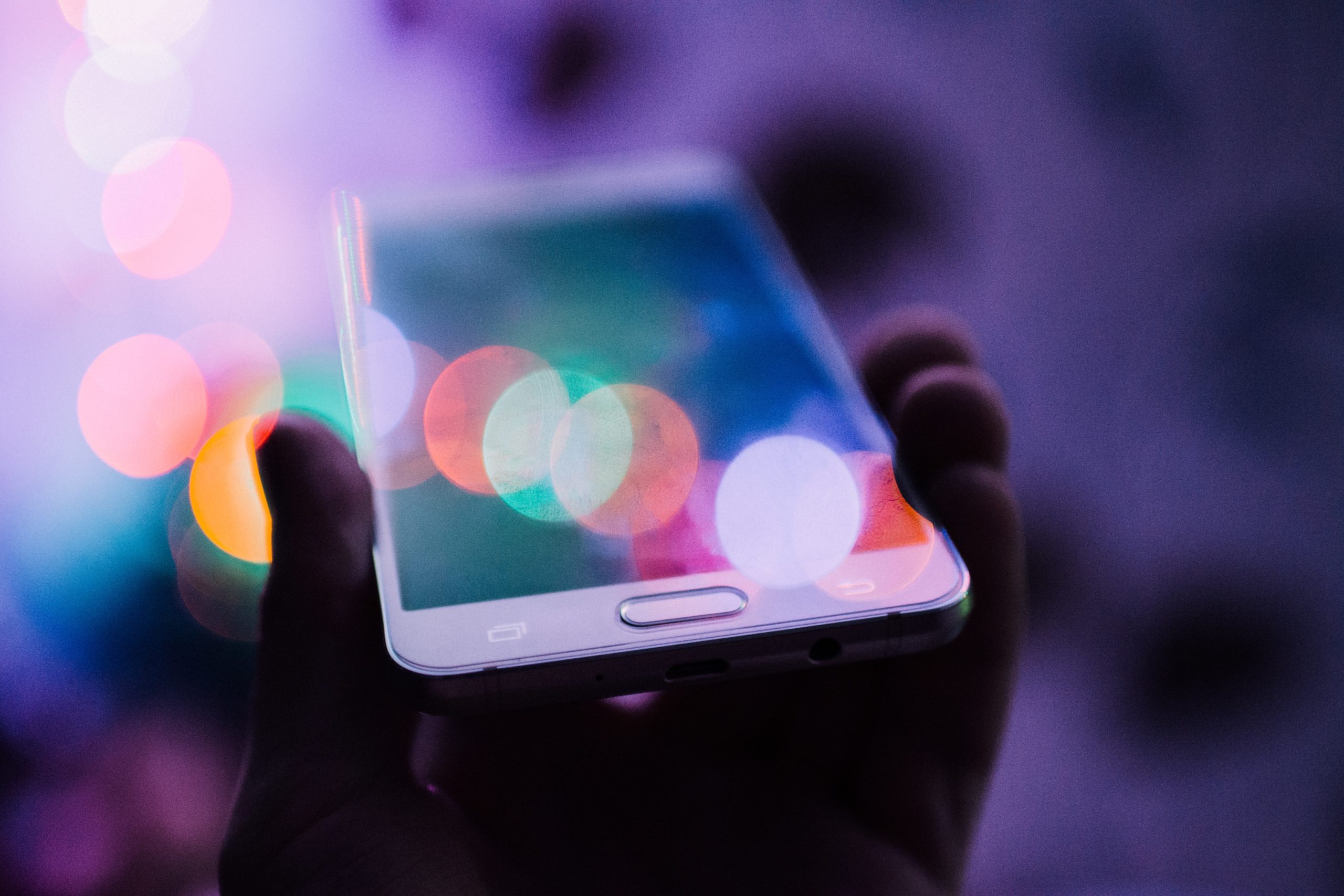
Navigating the Wireless Retail Landscape Post COVID-19
As states and localities begin to open, post COVID-19, wireless carriers are having to rely more on delivering an omnichannel customer experience— custom tailored to engage the customer where they are along their personal journey navigating the pandemic.
Throughout the pandemic, wireless carriers have been considered essential businesses, and many brick and mortar location have remained opened. As most states have begun easing stay-at-home restrictions, more wireless carriers are opening, and returning to normal business hours.
However, changes to the retail landscape—some of which had been in the works already—have been accelerated by the COVID-19 pandemic. During COVID-19, T-Mobile completed the acquisition of Sprint, and many locations that would have been phased out over time will likely have their closings fast tracked as states and localities reopen. Changes to the AT&T and Verizon landscapes are also likely to be fast tracked. As carriers transition more of their retail operations to indirect channel partners, select company retail locations will remain closed. This will ultimately drive a significant reduction in overhead, including an employee cost savings. Other carriers, such as Xfinity Mobile and Spectrum Mobile will continue to open both new company and indirect retail locations as they grow their respective customer bases.
While retail locations may be reopening and/or returning to normal business hours, nothing is really returning to normal yet. Reopening guidelines vary widely across the country, but expect all wireless carriers to modify their operations to include some or all of the following: social distancing, protective equipment, temperature checks, sanitation and disinfection of high-touch areas. Brick and mortar retail should refer to CDC guidelines for Opening Up America Again and the National Retail Federation’s Operation Open Doors Checklist, and implement the changes necessary in order to regain their customers’ trust, based on their comfort level. Remember, customers are on personal journey with what they need to feel confident to venture out to retail, and wireless carriers need to understand and respect those differences.
Despite the reliance on online shopping, brick and mortar retail remains critical to each wireless carrier’s omnichannel customer experience. Wireless carriers that figure out how to balance customer experience with post COVID-19 customer expectations will stand to gain the most in the short-term. While many planned changes to the retail landscape had already been on the roadmap, it was COVID-19 that accelerated the timeline, and we’re all going to adapt to these changes, just like air travel post 9/11.
The customer experience has never been more diverse than it is today, and likely will be for some time to come. Some customers will continue to shop online, some would rather speak with a contact center, and some will continue to shop at their favorite brick and mortar locations. The omnichannel experience has never been more important than it is today.
Harold Edwards is Vice President of Business Development for T-ROC, a global leader in end-to-end retail solutions. For more insights about the communications sector, and how retailers can adapt their operations to not only survive but thrive post COVID-19, you can reach Harold at he******@********al.com
Like what you’ve read? Share our article on social media and tag us! We think you’d enjoy this article as well: NEW RETAIL TECHNOLOGY MANDATORY TO SURVIVE POST-QUARANTINE LANDSCAPE.


